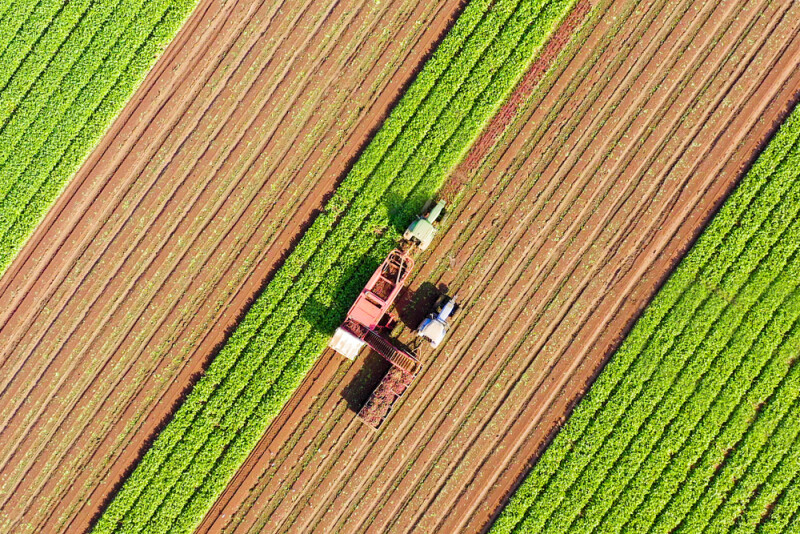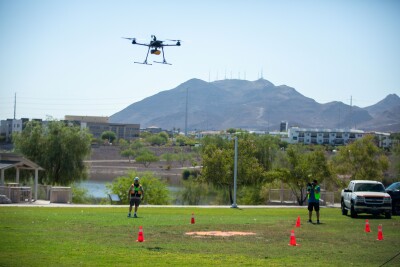Laser scanning technology has improved by leaps and bounds in recent years, with a number of new industries finding value in the tools and more traditional industries taking advantage in unforeseen ways. This look around the industry focuses on three different ways these reality capture tools are being harnessed by different industries, including agriculture, construction, and historical exploration.
Find links to the full articles below.
Laser Beams and 3-D Printing Improving Crops
SeedWorld
One of the constant themes we find in our coverage of 3D scanning technology is the growing number of industries that take advantage. As capabilities improve and systems become cheaper and easier to use, more innovators can try to transform their space. This article highlights a very specific use case for laser scanning in the agriculture industry, in which a team of German scientists are using laser scanning to create 3D models of sugar beets. These models can then be used for what is known as “plant phenotyping,” significantly streamlining that process.
Point Cloud to BIM: Transforming Legacy Buildings into Digital Assets
TRUECADD | The American Surveyor
The AEC industry was one of the first to really start leveraging laser scanning technologies, and those capabilities are improving in both quality and scope. This article highlights one of the most powerful use cases for laser scanning in the construction industry – Scan-to-BIM. This article provides a comprehensive guide on the different techniques that can be used for this work, important considerations for users, processing workflows, and more.
Ice Planet Update: Digital Twin Of RRS Discovery Shows How Antarctic Research Began
Keith Cowing | Astrobiology
Finally, we look at a case study from a team of researchers at the University of Southampton in the United Kingdom. This article highlights a project from this team in which they used laser scanning technology to create an accurate digital twin of the RRS Discovery, which was a research vessel that took explorers to Antarctica in the early 20th century. The article delves into how this work was done, why this ship is so historically significant, and some of the results of this work.







